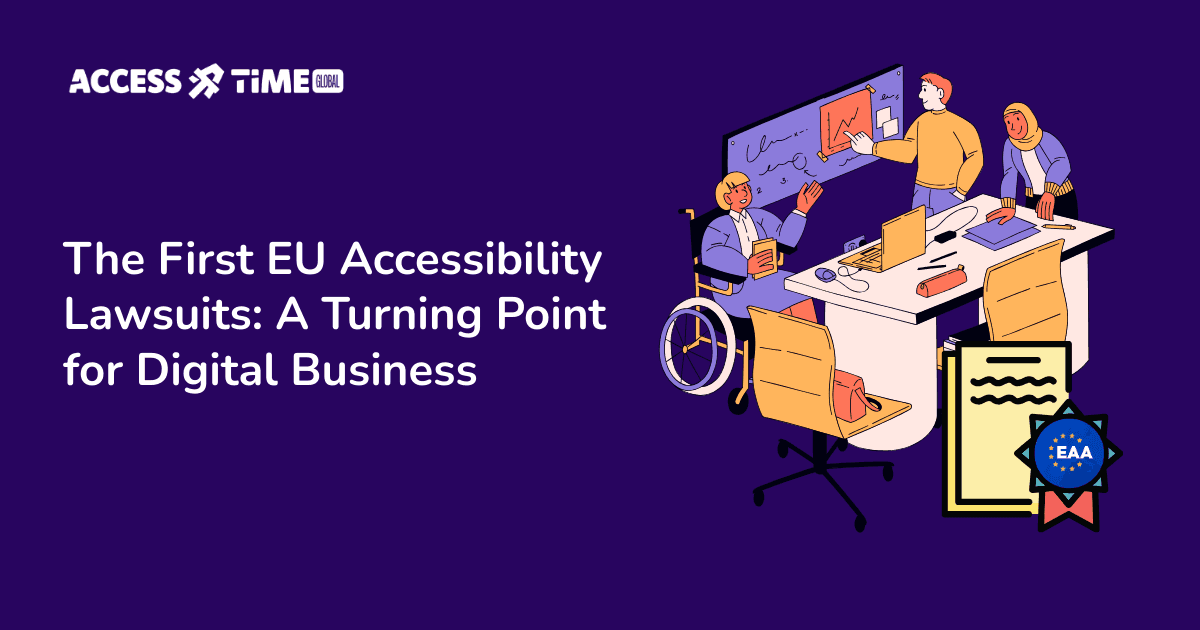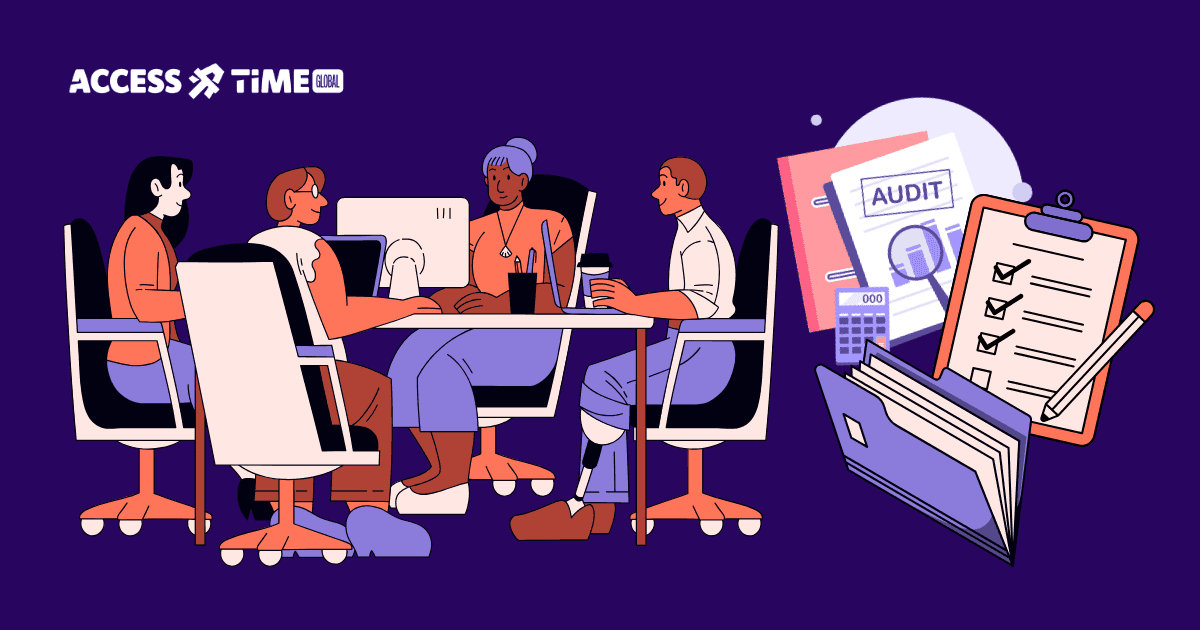The First EU Accessibility Lawsuits: A Turning Point for Digital Business
by Prasaja Mukti, Accessibility UX Writer

June 28, 2025 marked a quiet revolution in Europe. On that day, the European Accessibility Act (EAA) officially became enforceable across all EU member states. What had long been seen as an aspirational framework suddenly turned into a legal obligation for thousands of businesses operating in e-commerce, finance, transportation, and digital services.
Only a few weeks later, the first legal moves arrived. In early July, two French disability-rights groups (ApiDV and Droit Pluriel) issued formal notices to four of France’s largest grocery retailers:
- Auchan
- Carrefour
- E. Leclerc, and
- Picard Surgelés
Their claim was simple but powerful.
Blind and low-vision customers could not shop independently on these platforms, despite the companies’ legal duty to provide accessible websites and apps.
The notices gave retailers a deadline, September 1, 2025. If accessibility issues are not resolved by then, lawsuits will follow. This is not just a symbolic warning. It is the first high-profile test of the EAA’s enforcement power, and it signals the beginning of a new era where accessibility is no longer optional, but enforceable law.
What the European Accessibility Act Means for Business
The EAA was adopted back in 2019, giving businesses several years to prepare. But enforcement only began in early 2025, when the regulation officially became binding across all EU member states.
The scope is broad:
- Websites and apps for e-commerce, banking, media, transport, and more must follow accessibility standards.
- Products like e-readers, ATMs, ticketing machines, and smartphones must meet inclusive design requirements.
- Each EU country has its own enforcement authority like able to receive complaints, investigate, and apply penalties.
In short, if your digital product isn’t accessible, it’s not just a user experience problem anymore. It’s a compliance risk.
But framing this only as a risk misses the bigger opportunity. Accessibility isn’t just about avoiding lawsuits. It’s about reaching more customers, building trust, and proving your brand stands for inclusion. When 20% of the population lives with some form of disability, accessibility is a growth strategy as much as a compliance one.
The Business Case for Moving Now
The French notices may have targeted grocery giants, but they’re only the starting point. With enforcement live as of 2025, other EU countries are expected to follow quickly with similar actions. Any business with a digital product in Europe is now under the spotlight, and complaints can come not only from individuals but also from advocacy groups, and soon, regulators in other member states.
Delaying action is risky.
The cost of retrofitting accessibility after a complaint or lawsuit is always higher than building it right the first time. On the other hand, businesses that act now can position themselves as leaders. Accessibility done proactively is a brand asset, a story you can tell your customers, investors, and employees.
Practical First Moves for EAA Readiness

The EAA references technical standards like WCAG (Web Content Accessibility Guidelines), but compliance goes further than passing a checklist of web standards. The law references broader requirements like EN 301 549, which apply not only to websites but also to mobile apps, e-commerce systems, banking tools, transport services, ticketing machines, e-readers, and more.
It can look daunting if you’re not already familiar. That’s where expertise and tools matter.
At AccessTime, we work with product developers, content, and design teams to make accessibility practical. Not just audits and checklists, but actionable plans that fit your workflows.
For organizations not yet ready to commit to a full consulting engagement, we developed AccessLens (beta) as a practical starting point. It provides an immediate scan of your website, highlights potential accessibility gaps, and translates findings into language that both technical and non-technical teams can understand. While in beta, it’s free to use , making it a low-barrier way to move from uncertainty to clarity.
- It scans your website and flags potential accessibility issues.
- It’s built for non-developers as much as for engineers, so product owners, marketers, and stakeholders can see the gaps clearly.
It’s a way to move from uncertainty to clarity, without waiting until a complaint forces your hand.
The first EU accessibility lawsuits remind us that the landscape has changed. Accessibility is no longer a “nice-to-have” feature that can be postponed until next quarter.
For business owners and product leaders, this is a moment of choice. You can wait until the deadline passes and hope your company isn’t next in the headlines. Or you can take action now, build a more inclusive product, and position your brand on the right side of history.
Ready to see how your website measures up?
Run a free scan with AccessLens (beta) or chat with our accessibility experts about where to go next. The first step is always the most important.